My role as a stable isotope research assistant
Dr Harvey Pickard gives us an insight into his new role analysing stable isotopes and getting to grips with some of the laboratory equipment at BGS.
11/10/2022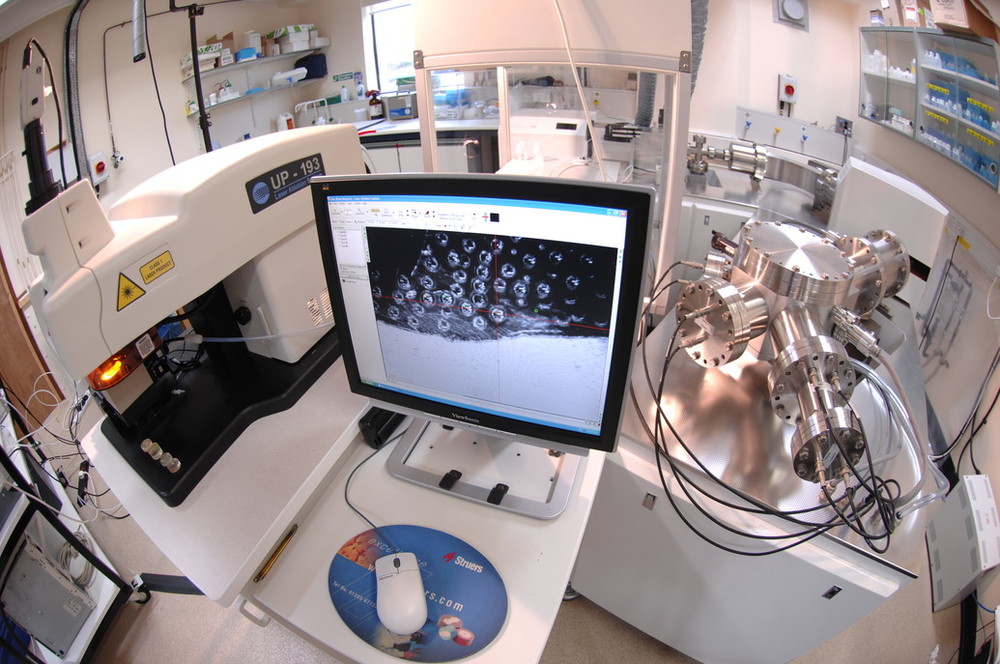
I recently began my role as a stable isotope research assistant at the National Environmental Isotope Facility (NEIF) at BGS’s headquarters in Keyworth, Nottingham.
Prior to working at BGS, I studied for a PhD at Imperial College London. My thesis focused on the zinc and cadmium stable isotope compositions of igneous rocks and meteorites to better understand how Earth obtained volatile elements and species such as water. Whilst studying for my PhD, I gained valuable knowledge, experience and understanding of different isotope systems and mass spectrometry, as well as sample preparation and laboratory techniques. These all helped me hit the ground running when I started my new role at BGS.
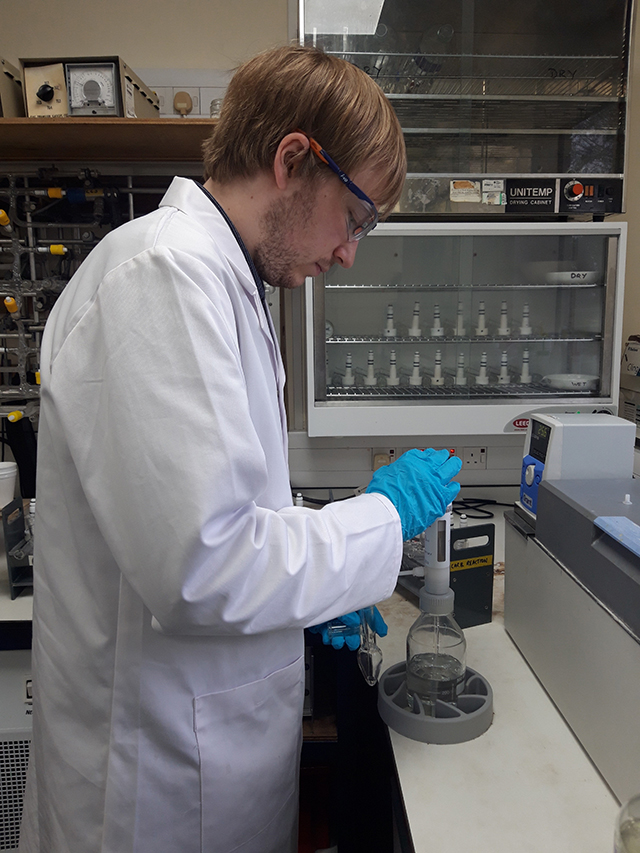
Harvey preparing carbonate samples to be reacted with phosphoric acid to produce CO2 for isotope analysis. BGS © UKRI.
My first few months have mainly involved analysing the carbon and oxygen stable isotope compositions of various carbonate samples, for example from lake sediments, as part of the environmental change, adaptation and resilience challenge area. This gives useful insight into how the environment in which these sediments were deposited changed over time, allowing scientists to better understand the processes affecting similar environmental systems today.
Preparation of these sediments usually involves treatment with a dilute bleach solution overnight to remove unwanted organic material that may interfere with the isotope analysis. Each sample is then rinsed through with clean water before being crushed into a fine powder and weighed precisely. Learning these new techniques has given me new skills in the preparation of organic samples through acid digestion and freeze-drying.
A lot of my time at BGS so far has been spent using the carbonate line, a series of glass tubes and valves used to pump out air from bespoke sample vials to keep them under vacuum. This improves the accuracy of the isotope measurements by reducing any interference from unwanted atmospheric gases during analysis. Once under vacuum, each carbonate sample is reacted with phosphoric acid to produce carbon dioxide (CO2) gas, which is then extracted using the carbonate line. This has given me my first experience in using liquid nitrogen in the laboratory.
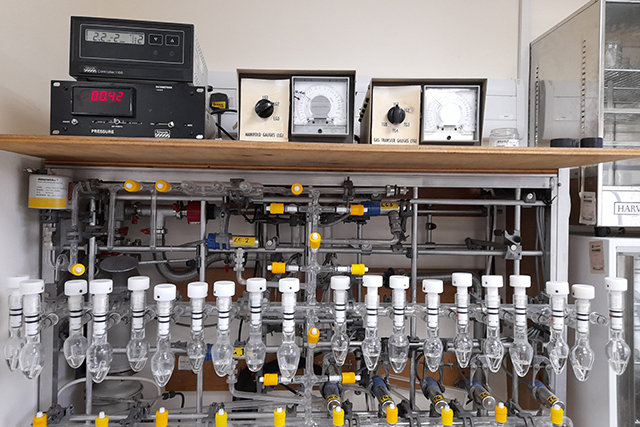
Carbonate samples under vacuum on the CO2 extraction line. BGS © UKRI.
I recently began independently analysing the isotope compositions of these samples using a newly acquired gas source mass spectrometer, with the help of Dr Jack Lacey. Jack and I have also spent time carrying out test runs on the instrument to check that it is operating at an acceptable level of accuracy and precision. Additionally, we’ve been carrying out experiments to identify the optimal technique for analysing the oxygen isotope composition of sediments containing low concentrations of siderite, which is an iron carbonate mineral. With time, I hope to gain further experience using additional isotope systems and techniques.
I have thoroughly enjoyed my time spent in the laboratory and learning these new techniques, as well as collaborating with people from both BGS and other institutions. I’m looking forward to developing my skills further over the coming year. Outside of the laboratory, I have also taken part in some BGS Wilding Group events, helping to plant trees and build insect hotels, with the aim of increasing biodiversity here at the Keyworth site.
Author
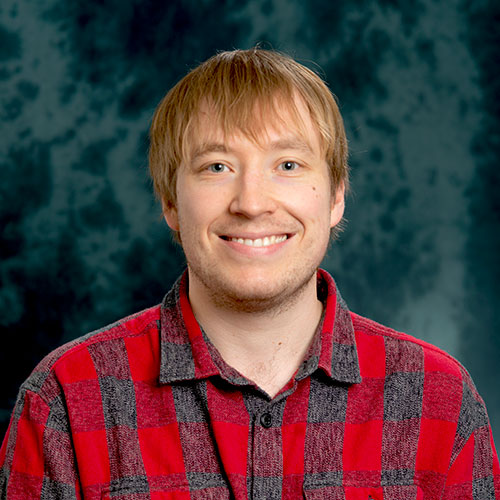
Dr Harvey Pickard
Plasma mass spectrometry technician
Relative topics
Latest blogs
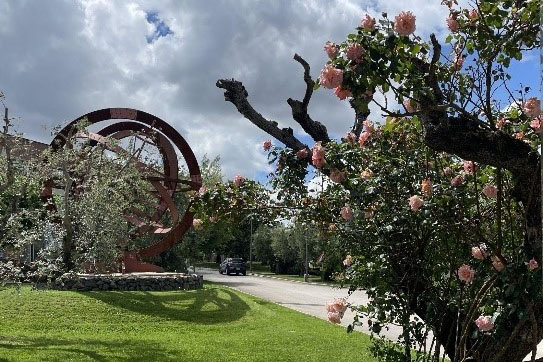
AI and Earth observation: BGS visits the European Space Agency
02/07/2025
The newest artificial intelligence for earth science: how ESA and NASA are using AI to understand our planet.
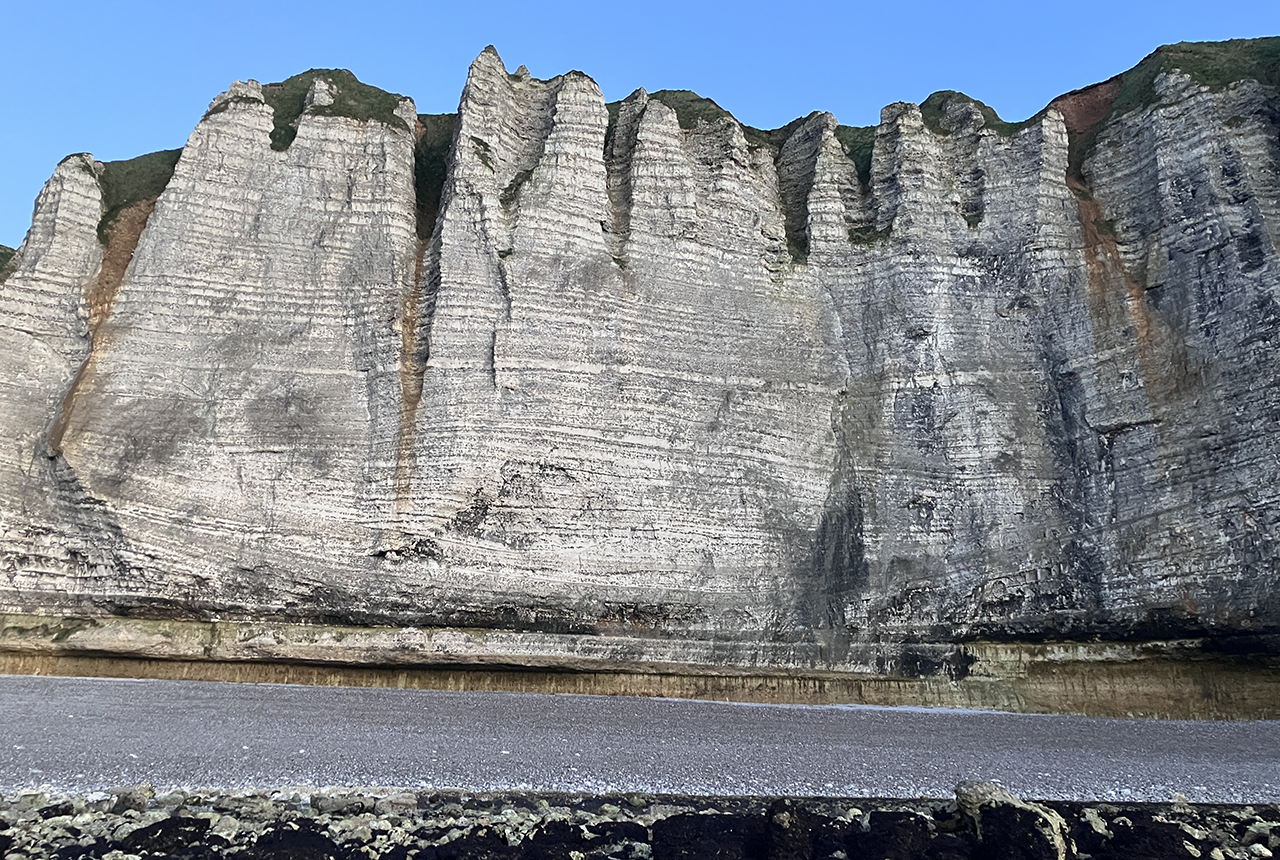
Geology sans frontières
24/04/2025
Geology doesn’t stop at international borders, so BGS is working with neighbouring geological surveys and research institutes to solve common problems with the geology they share.
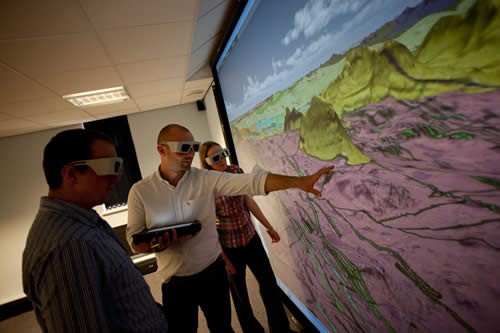
Celebrating 20 years of virtual reality innovation at BGS
08/04/2025
Twenty years after its installation, BGS Visualisation Systems lead Bruce Napier reflects on our cutting-edge virtual reality suite and looks forward to new possibilities.
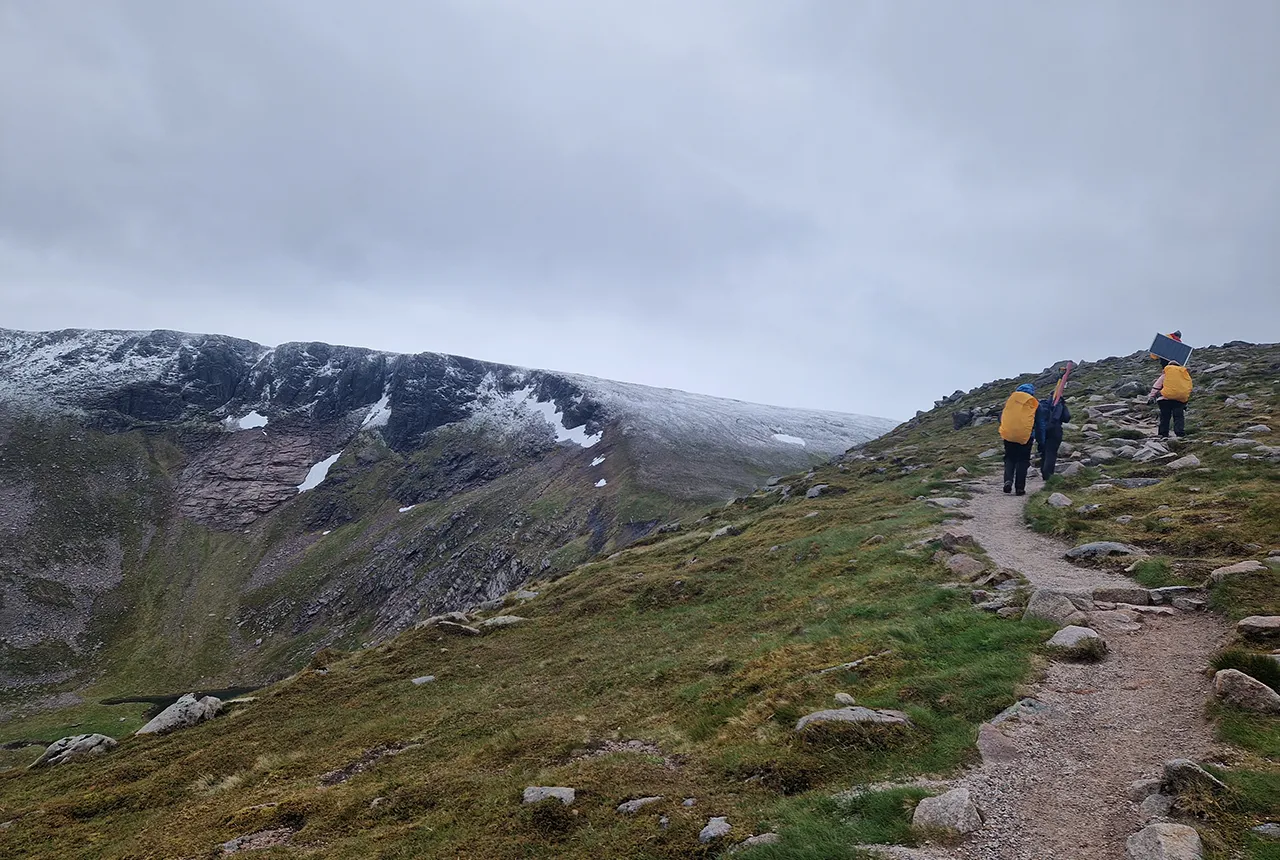
Exploring Scotland’s hidden energy potential with geology and geophysics: fieldwork in the Cairngorms
31/03/2025
BUFI student Innes Campbell discusses his research on Scotland’s radiothermal granites and how a fieldtrip with BGS helped further explore the subject.
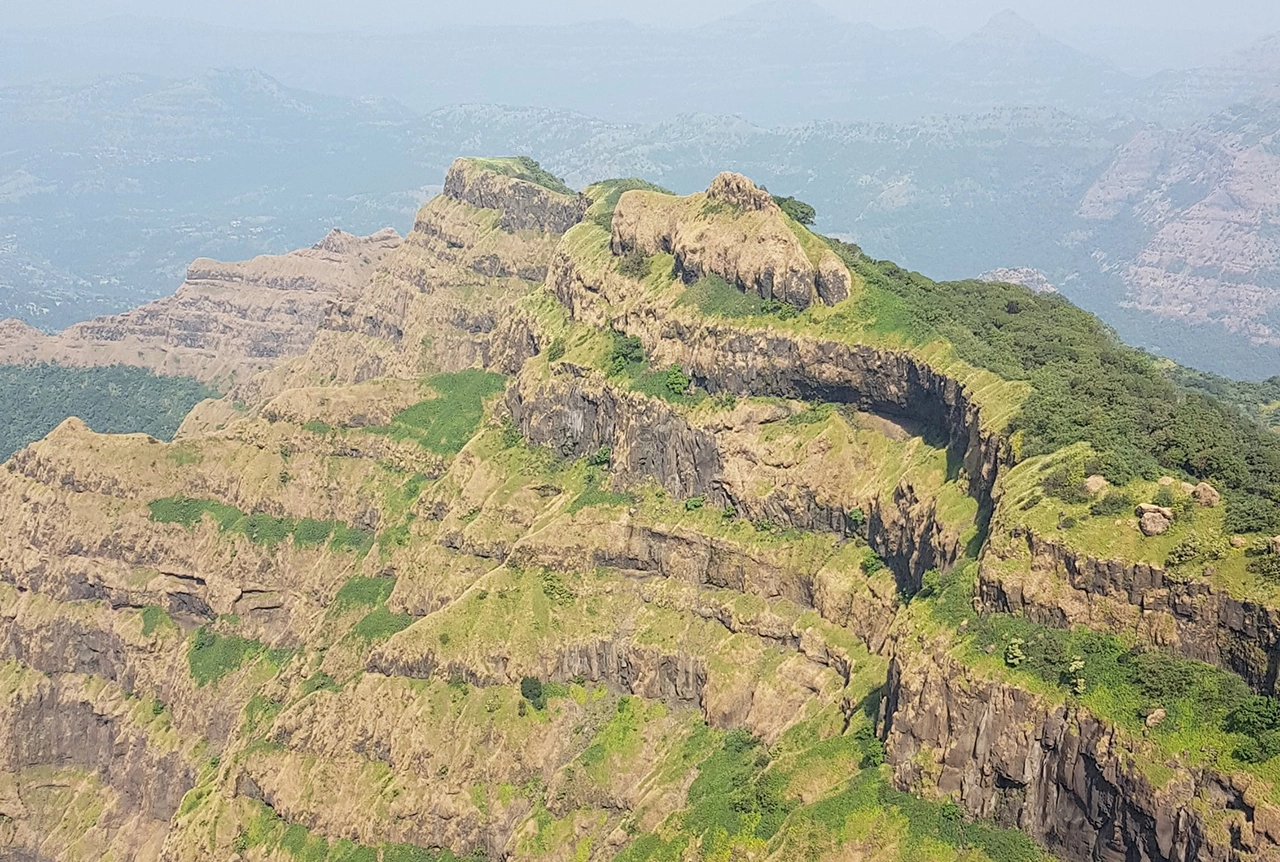
Could underground disposal of carbon dioxide help to reduce India’s emissions?
28/01/2025
BGS geologists have partnered with research institutes in India to explore the potential for carbon capture and storage, with an emphasis on storage.
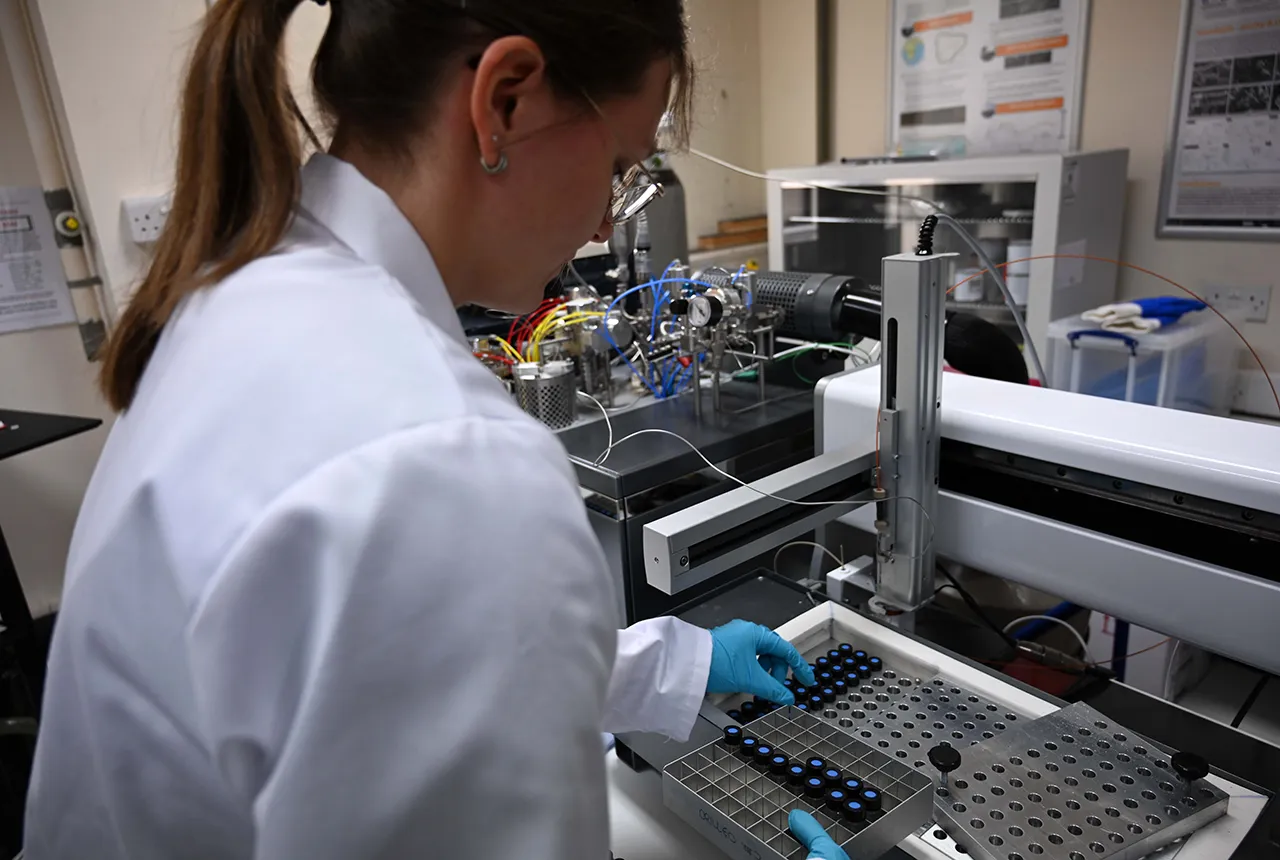
Carbon and oxygen isotope analysis of carbonates and the development of new reference materials
18/12/2024
Dr Charlotte Hipkiss and Kotryna Savickaite explore the importance of standard analysis when testing carbon and oxygen samples.
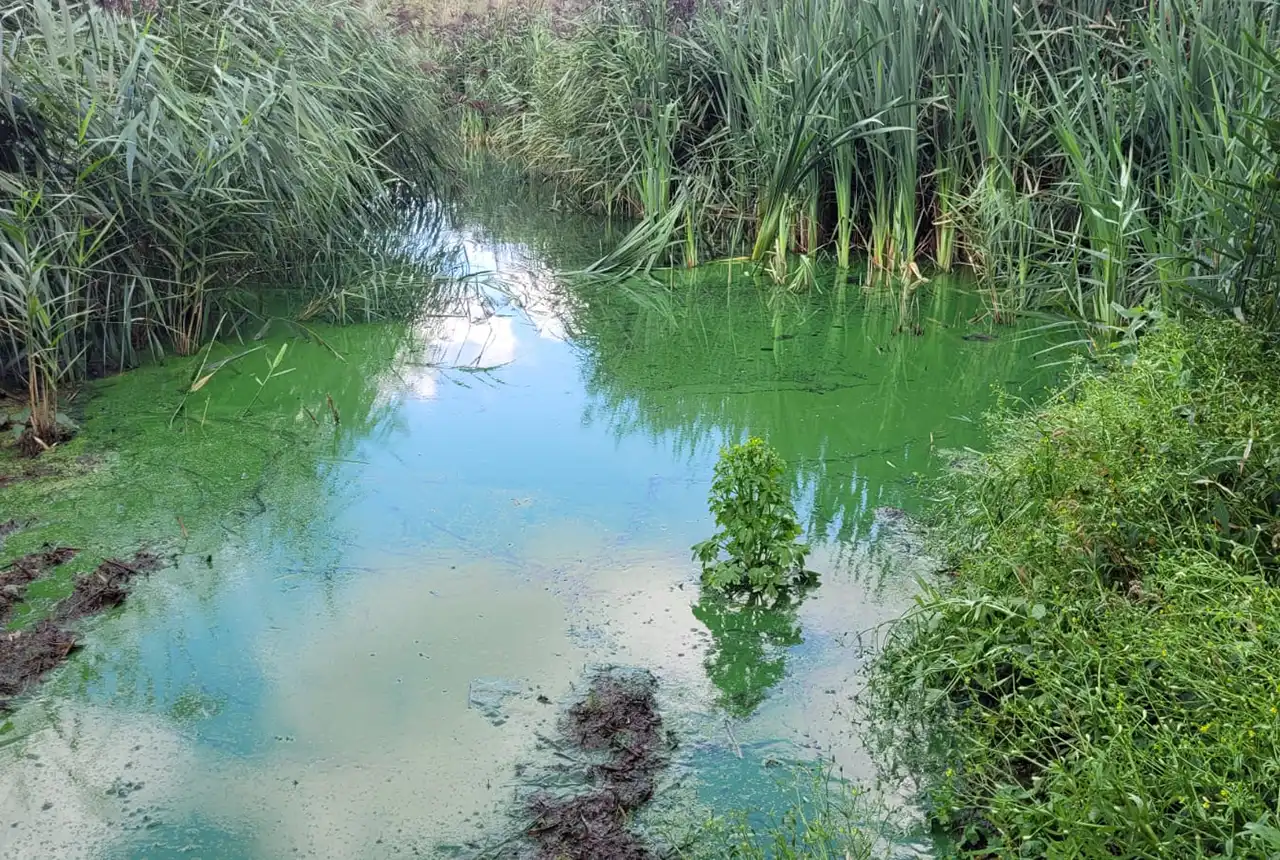
Studying oxygen isotopes in sediments from Rutland Water Nature Reserve
20/11/2024
Chris Bengt visited Rutland Water as part of a project to determine human impact and environmental change in lake sediments.
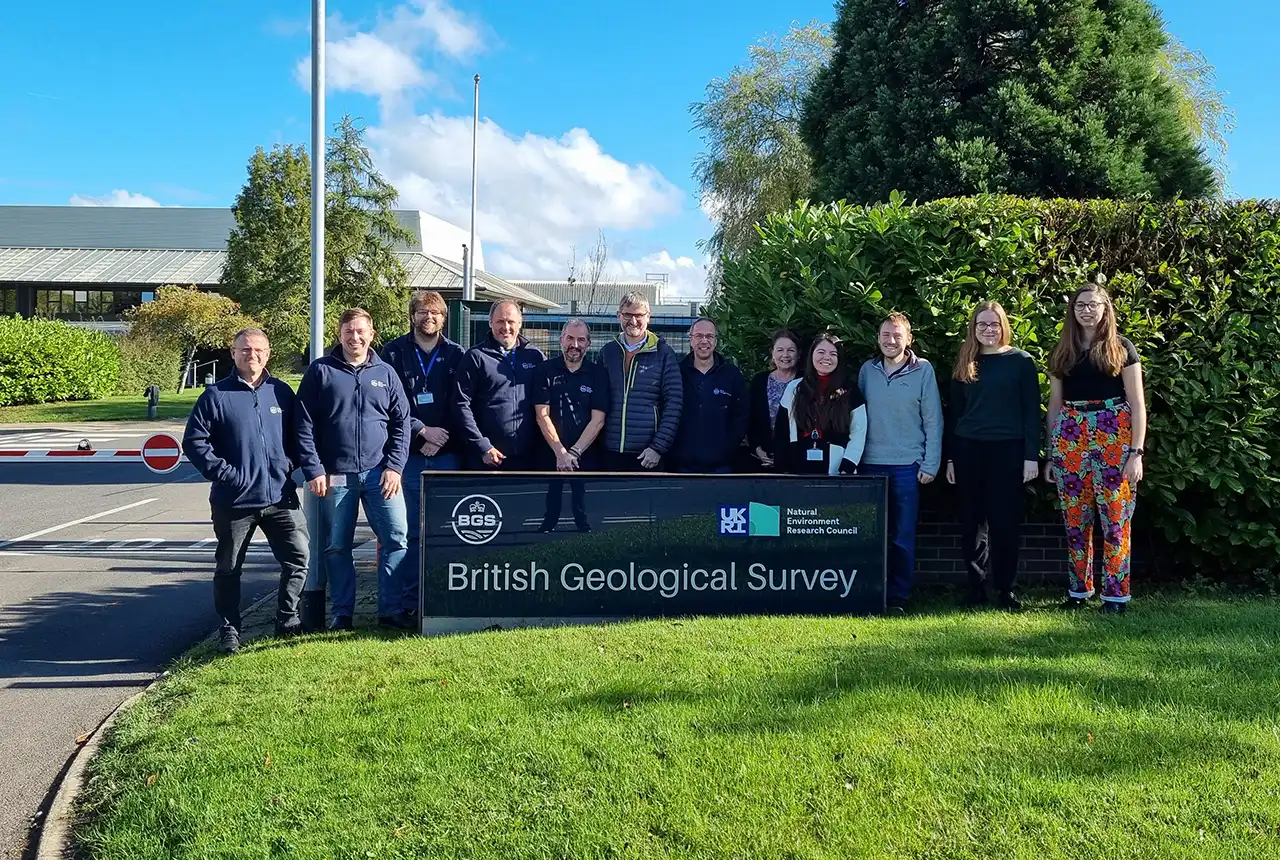
Celebrating 25 years of technical excellence at the BGS Inorganic Geochemistry Facility
08/11/2024
The ISO/IEC 17025 accreditation is evidence of technical excellence and reliability, and a mark of quality assurance.
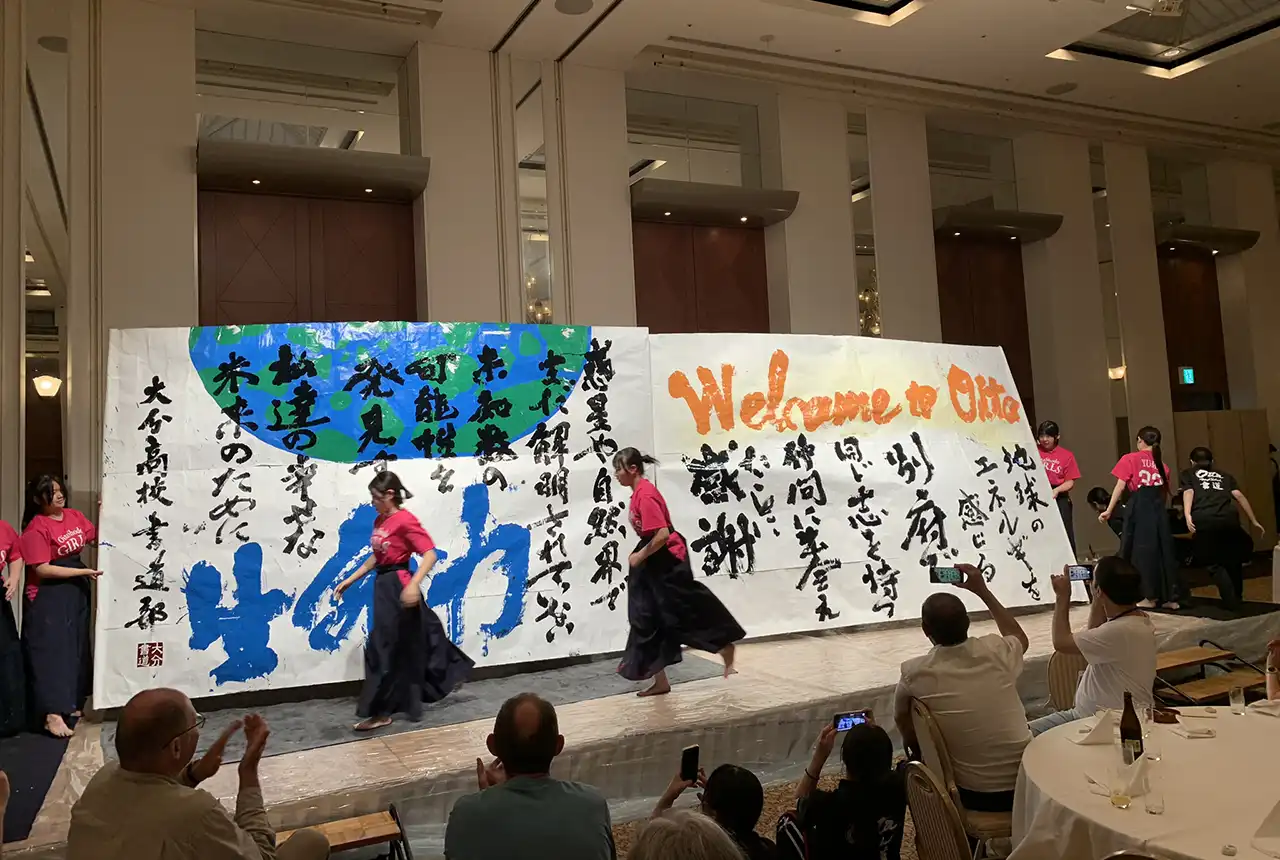
Electromagnetic geophysics in Japan: a conference experience
23/10/2024
Juliane Huebert took in the fascinating sights of Beppu, Japan, while at a geophysics conference that uses electromagnetic fields to look deep into the Earth and beyond.
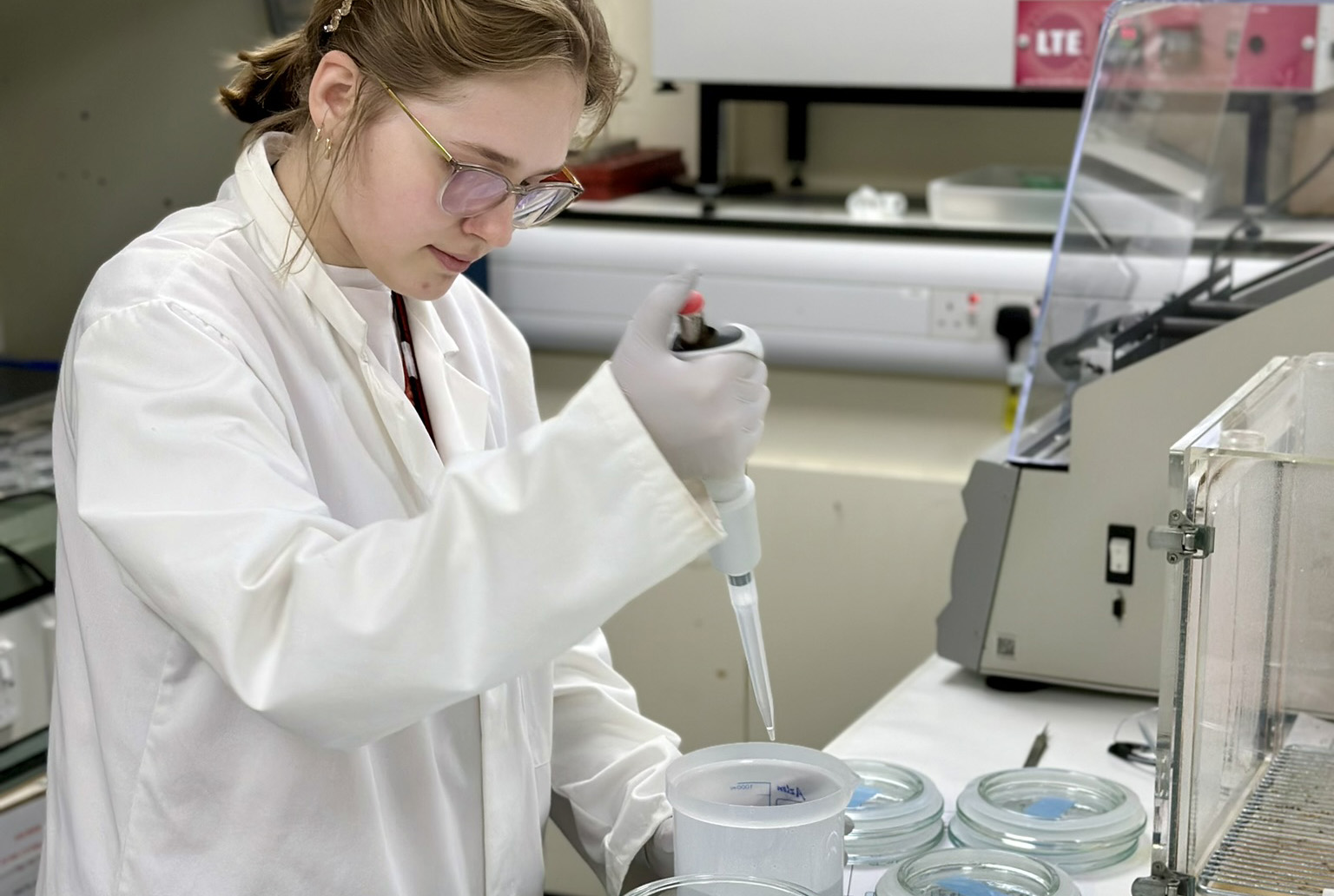
Exploring the role of stable isotope geochemistry in nuclear forensics
09/10/2024
Paulina Baranowska introduces her PhD research investigating the use of oxygen isotopes as a nuclear forensic signature.
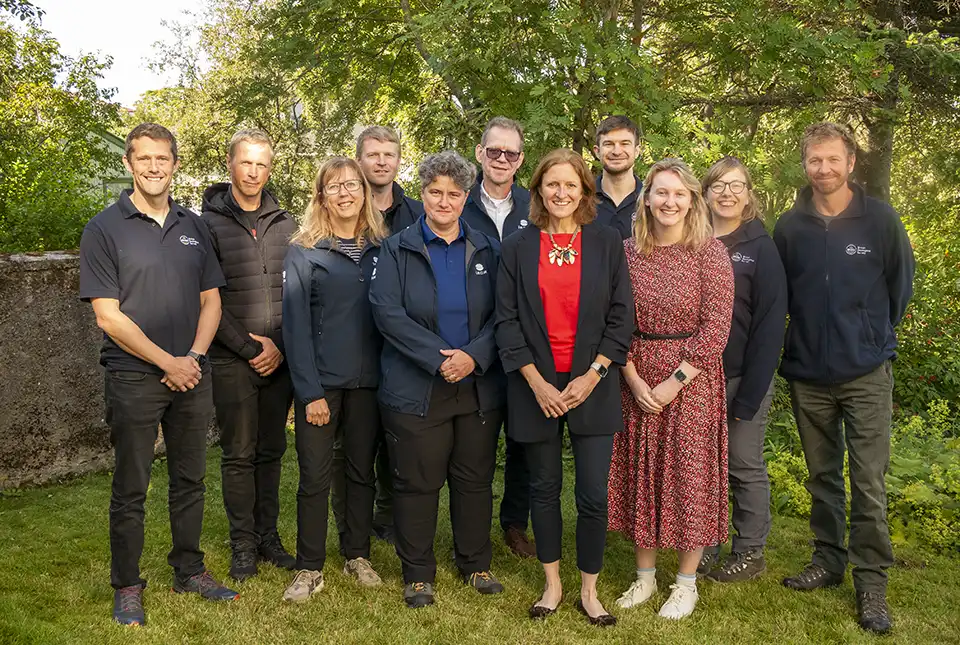
BGS collaborates with Icelandic colleagues to assess windfarm suitability
03/10/2024
Iceland’s offshore geology, geomorphology and climate present all the elements required for renewable energy resources.
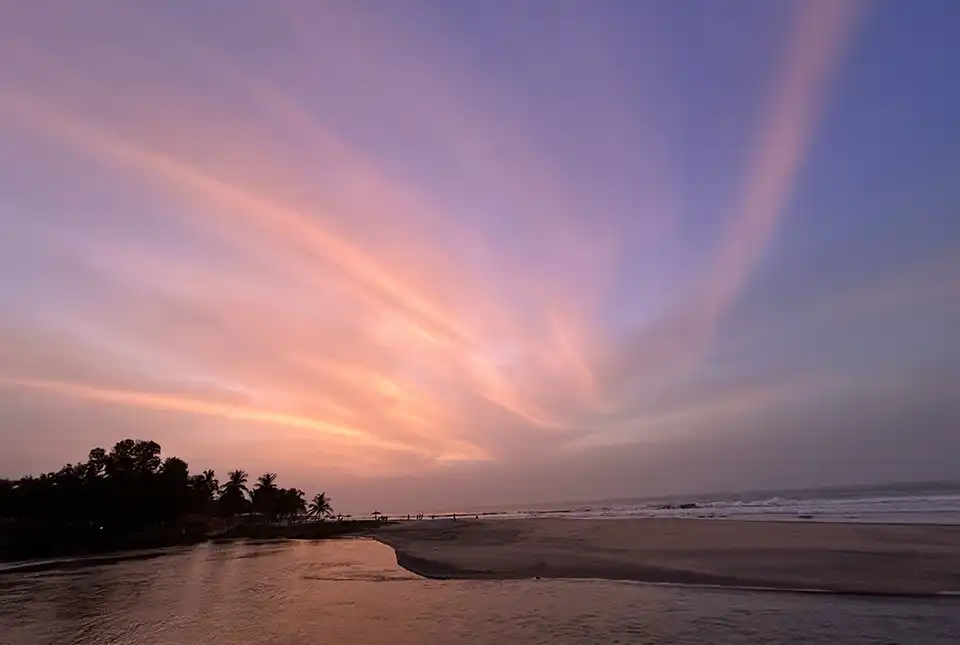
Mining sand sustainably in The Gambia
17/09/2024
BGS geologists Tom Bide and Clive Mitchell travelled to The Gambia as part of our ongoing work aiming to reduce the impact of sand mining.



